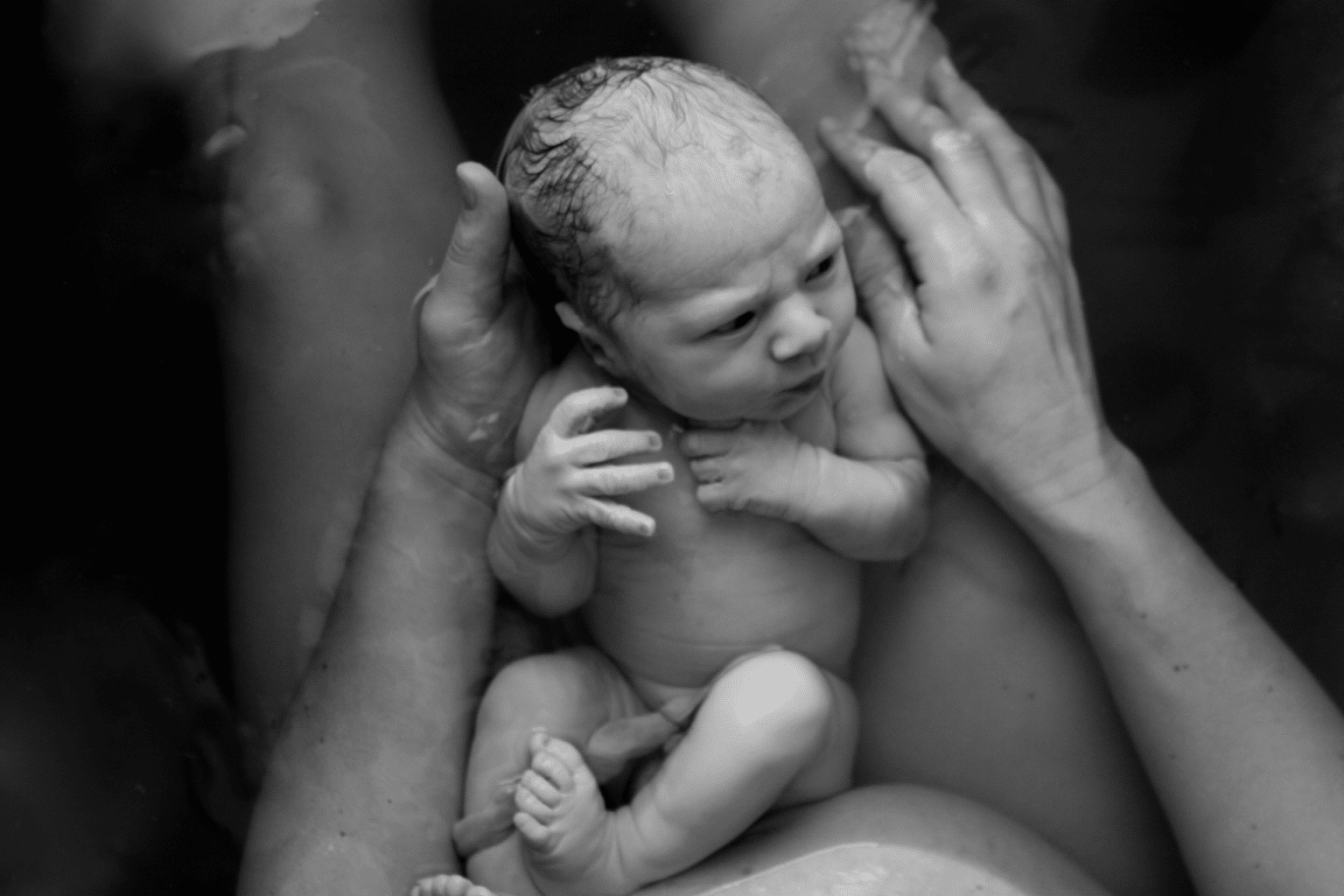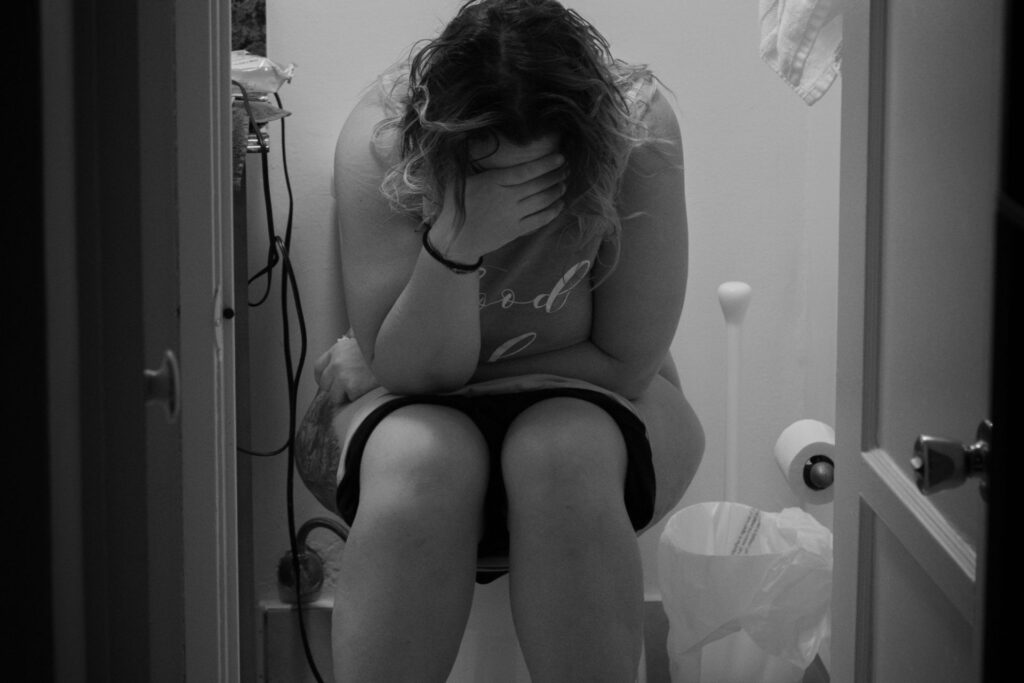Deciding on a birth plan is a big job. But if you're wondering if a waterbirth is right for you, read on fo what to expect from firsthand experience and expert advice.
For Josie Lo Porto Freeborn, it just made sense to have her babies at home. “I ultimately decided on a waterbirth because in all my researching and speaking to others who had done the same, I knew that the water would help me feel tranquil and relaxed. Water has always been my calming force.”
While there is little research about waterbirths and their benefits, many women do agree with Josie; water provides a relaxing environment in which to not only labour, but also deliver.
What exactly is a waterbirth?
Waterbirths involve Mom being immersed in warm water for the delivery. The baby emerges under the water and then is brought to the surface immediately and placed on Mom’s chest for skin-to-skin contact. Most waterbirths are done at home or in a birthing centre.
At 37 weeks, Josie and her husband Jeff (with help from a midwife) set up a birthing pool in their living room and did a test run by filling it. When labour hit, Josie waited for her water to break and then was allowed to enter the pool. In just over an hour, her daughter was delivered into the water, caught by a midwife and then placed on Josie’s chest. For Josie’s second baby, a boy, Josie was in the water for only 25 minutes, pushed and caught her son herself.
Helen Cotter, a midwife with Birth Partnership Midwifery Services in Calgary, has been involved in 150 waterbirths. She says that during a water delivery, “Mom is free to move about and get into positions of her own choosing. Mom has more of a sense of control, less need for pharmacological pain relief, reduced length of labour and reduced perineal trauma.”
Josie agrees that the benefits outweighed the one drawback: having a birthing pool in her living room for three weeks. “I felt that labouring in the water helped with the pain of the contractions and it allowed me to move my body the way I felt I needed to in order to get into my birthing zone. I closed my eyes and felt the water on my body as it caressed the pain and made me feel in tune with my body. I felt light and flowy. The water feeling gave me something else to focus on through each contraction.”
Things to consider
Before deciding on a waterbirth, know that there is more to it than just jumping into the deep end.
Helen says there is plenty to consider. First, think about the capacity of your hot water tank. Is it large enough to fill a pool in your home? Being chilly isn’t an option, so you might want to turn the temperature up on your tank as well.
Secondly, cleanliness should be a top priority. The tub must be clean before filling and efforts must be made to keep it clean through labour and delivery.
Lastly, a clear plan B should be created. If the tub requires refilling for some reason close to delivery time, Mom will need a place to deliver. The same applies if a concern should arise during labour or delivery.
Midwives have been managing successful waterbirths for many years. Be sure to find one who is experienced in waterbirths and able to handle any complications.
Waterbirths are not recommended:
- for women having a preterm labour (before 37 weeks);
- for women infected with a blood borne pathogen such as Hepatitis B, Hepatitis C or HIV;
- if there is meconium in the amniotic fluid;
- if Mom has taken drugs for pain relief.
Originally published in ParentsCanada magazine, November 2014.











